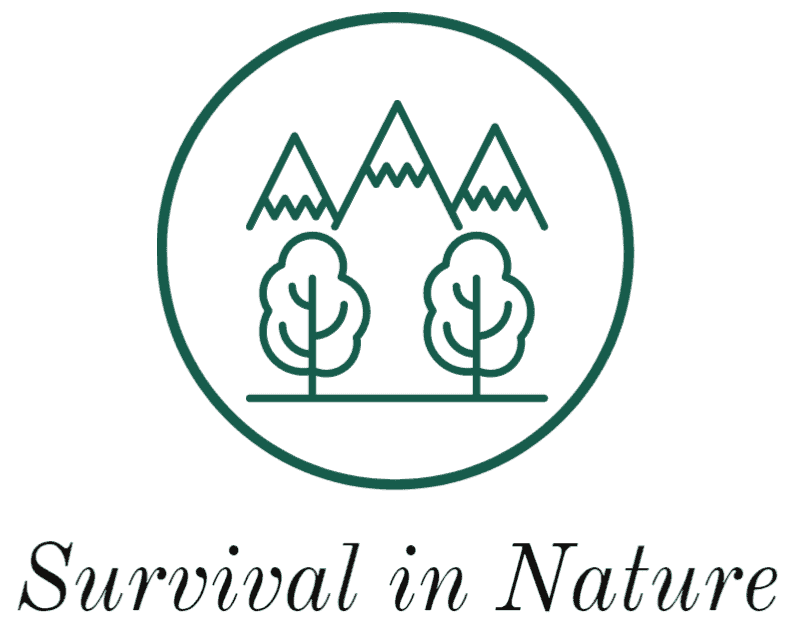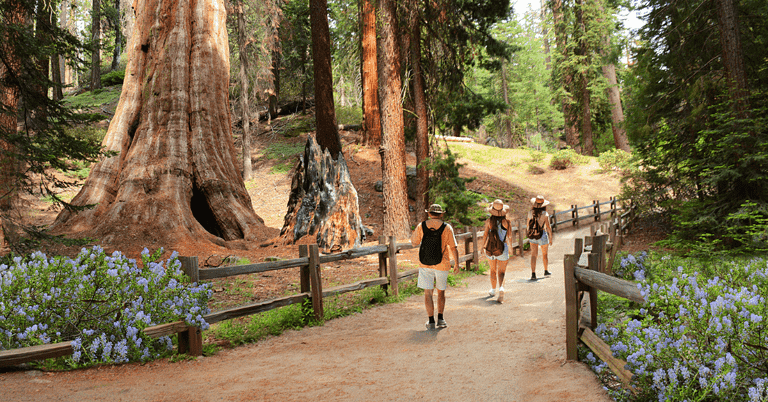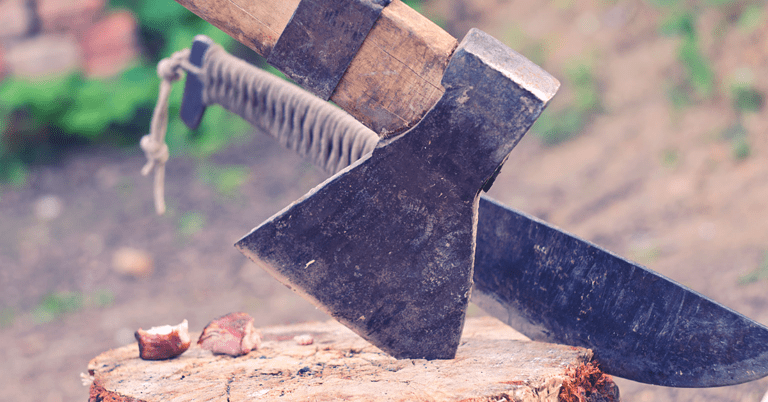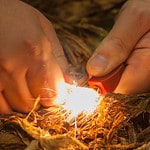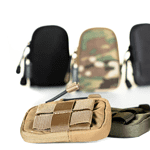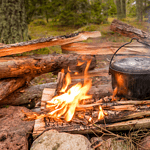If you want to test your survival instincts, bushcraft skills are the ideal solution.
Bushcraft is the skill of surviving in nature using only your wits and natural resources - a handy skill set whether planning a backpacking trip or finding yourself stranded in the woods.
It can be invaluable when faced with wilderness situations or having no choice but to improvise.
In this blog post, we'll cover the fundamentals of bushcraft: from understanding its purpose and relevance today to mastering essential techniques like fire-making and shelter-building.
Plus, we'll look at ways to develop your survival instincts so you're always prepared for anything life throws at you. So let's dive right in - let's do this!
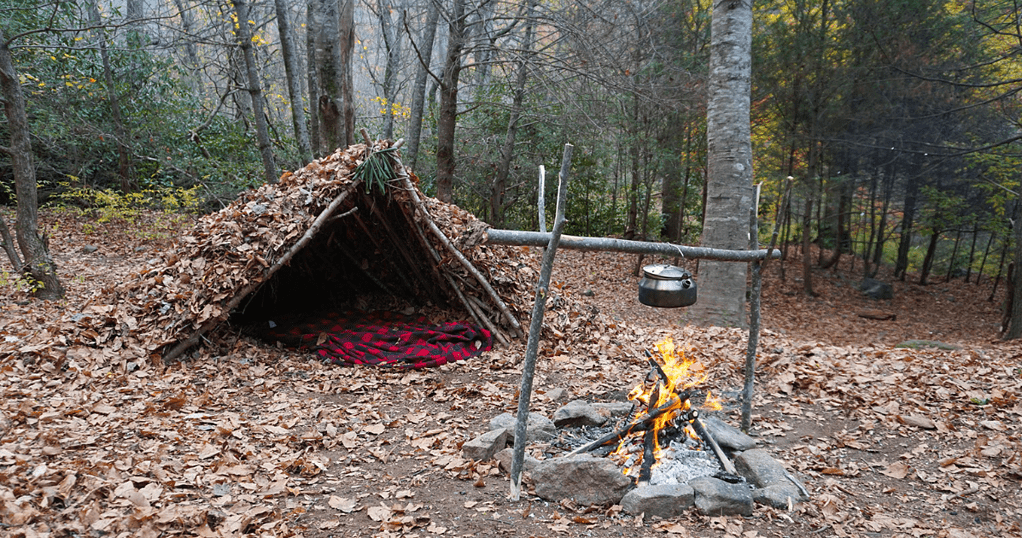
Understanding Bushcraft Fundamentals
Bushcraft is a term used to describe the skills and knowledge necessary for survival in the wild.
It includes building shelter, making fires, finding food and water sources, and using navigation skills and first aid techniques. It has everything you need to stay healthy while being out there!
Bushcraft is an essential skill set in today's world for several reasons:
- First, with the rise in popularity of activities like camping, hiking, and backpacking, there has been an uptick in people venturing into remote wilderness areas. Knowing how to handle yourself safely and enjoying these environments is paramount for safety and enjoyment.
- As our society becomes increasingly dependent on technology, there is an increasing need for those with bushcraft skills who know how to survive without modern conveniences. Those with these abilities could remain independent until help arrives in case of a significant disaster or power outage.
- Learning bushcraft can be both enjoyable and energizing. Taking care of oneself in nature, away from all the distractions of everyday life, provides a sense of fulfillment that many people never otherwise experience. In addition, for many people, bushcraft offers them an intimate connection to nature they might not otherwise get to explore.
Understanding Different Types of Bushcraft
There are various bushcraft skills, each under one of four main categories:
fire-making
Fire-making skills involve mastering how to start a fire from nothing with only natural materials like tinder, kindling, and fuelwood.
Starting a fire is essential for survival in many scenarios as it provides warmth, light, protection from predators, and an efficient way to cook food.
shelter-building
Shelter-building skills involve constructing various shelters out of natural materials like sticks, leaves, bark, and soil.
A well-constructed shelter can offer protection from weather elements (wind, rain, or sun), insulation from the cold ground overnight, and camouflage from predators or adversaries.
water procurement
Water procurement skills involve finding sources of fresh water in the wild (rivers/streams/lakes), as well as purifying contaminated water, so it's safe for drinking.
Clean drinking water is just as essential to survival in a survival situation as food - perhaps even more so since humans can only survive without water for three days while we can stay up to three weeks without food.
food procurement
Food procurement abilities encompass trapping small animals like fish or birds for food and giant game such as deer or rabbits with snares or deadfall.
Edible plant identification can also help supplement meat intake while preventing vitamin deficiencies.
How To Begin with Bushcraft
The most effective way to learn bushcraft is by finding an experienced instructor and taking a course. Numerous reputable schools across America provide both in-person and online instruction.
In-person courses offer students the unique advantage of hands-on experience with the material under expert instruction. It is often the quickest way to learn new skills and gain confidence.
Online courses can be more convenient and economical for those with hectic schedules or who live far away. However, you must receive quality instruction from an established source to maximize the value you receive.
There are plenty of excellent books and websites that can teach bushcraft skills. Our favorites include The Bushcraft Bible by Dave Canterbury and The Survival Handbook by Colin Towell.
Whatever approach you opt for, the most crucial thing is to get started and practice as often as possible. The more time spent honing your skills, the better equipped you'll be to handle any situation that comes your way.
Essential Bushcraft Techniques
Bushcraft techniques are essential for any outdoor adventurer or nature lover who plans to spend time in the wilderness.
These techniques include erecting a shelter using natural resources, collecting and purifying water for drinking, starting and maintaining fires with various methods like bow drills or flint and steel, tracking animals for food consumption, and navigating unfamiliar terrain without the aid of modern technology.
Understanding and employing these techniques will enable one to become self-sufficient and prepared for any situation on a wilderness expedition.
Furthermore, these abilities give one an intimate connection with nature, enhancing one's sense of awe.
Mastering bushcraft techniques isn't just about survival; it's an uplifting life experience for those who value self-reliance and self-discovery.
Making fire with Friction
One of the essential survival skills is making fire. In a survival situation, fire can provide warmth, light, protection from predators, and a way to cook food.
There are various ways to do this, but having proper tools and understanding how to use them effectively is essential.
The initial step in making fire is gathering tinder. Tinder, known as dry grass, leaves, bark, or wood shavings, can easily catch fire and burn when ignited with a match, lighter, or battery.
After gathering your fuel, you must create a spark so the fire can ignite; this could be done using a match, lighter, or battery power!
If you don't have access to any of these items, friction can still create a spark. Try rubbing two pieces of wood together or using a steel wool pad and a 9-volt battery.
After completing your spark, direct it onto your tinder pile and gently blow on it for it to catch fire. Add small twigs or wood chips as it burns until you have an impressive campfire.
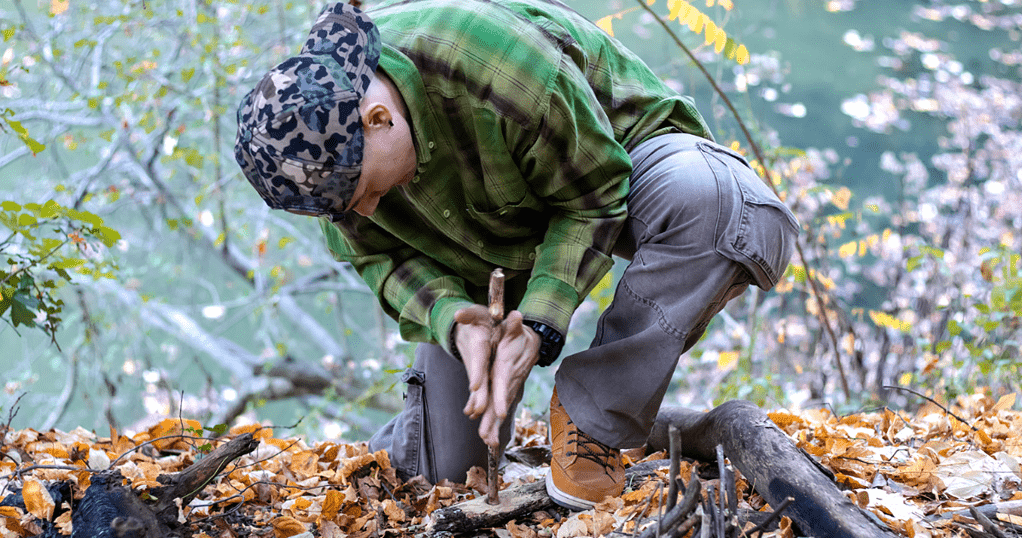
Building Shelters and Structures in the Wild
Another essential bushcraft skill is knowing how to construct shelters and structures in the wilderness.
The cover protects from the elements, helping you stay warm or cool as needed and shielding you from predators and insects.
When choosing a location for your shelter, look for one with natural windbreaks like trees or rocks; alternatively, if none are available, create one by stacking logs or branches around its perimeter.
Once you've selected a location for your shelter, begin by creating a framework with long logs or branches lashed together with cordage (rope or twine).
Next, cover this framework with smaller logs, stems, leaves, grasses, mosses, or other materials that will insulate against heat or cold.
Finally, ensure at least one ventilation opening so smoke from your campfire doesn't build up inside; otherwise, you risk suffocation while trying to stay warm!
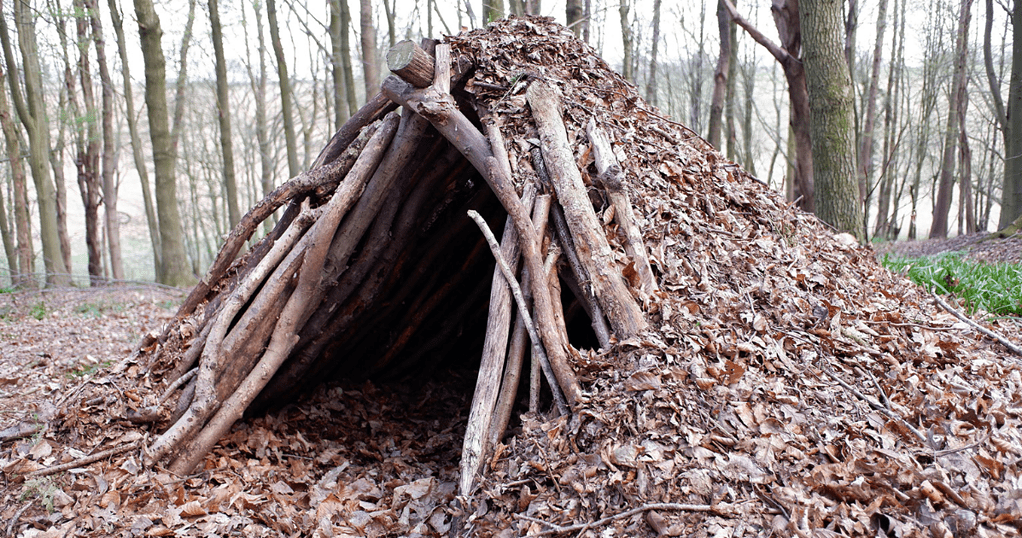
Navigation: How to Navigate Your Way amidst the Wilderness
If you find yourself lost in the wilderness, you must know how to navigate your way back safely.
First, stay calm and assess the situation; if you have a map and compass, use them to determine your location and plan a route toward civilization.
If not, search for landmarks that can help orient yourself and decide which direction needs to be taken to reach safety.
Another helpful navigation tool is the stars. First, look for the North Star (located directly above the North Pole) when it's nighttime, and there's no moon.
Then, draw an imaginary line from it through the Big Dipper (a group of seven bright stars that form a ladle shape) heading northward, even without having access to a map or compass.
This line can help orient yourself even if you don't have access to either.

Water Procurement and Purification
In a survival situation, water is one of your most essential needs after shelter and fire. While you can go weeks without food, only days without liquids will you survive?
Therefore, learning to find and purify water in the wild and how to purify it before drinking ensures you don't get sick while hunting or camping.
There are various ways to obtain water in the wild; these include boiling it from streams or lakes, collecting morning dew on plants, or digging a primitive still (a hole lined with a tarp where water condenses and collects).
Once gathered, it should be purified before consumption to kill harmful bacteria or viruses. It can be accomplished by boiling for at least one minute, using iodine tablets or drops, or filtering through a clean cloth or coffee filter.
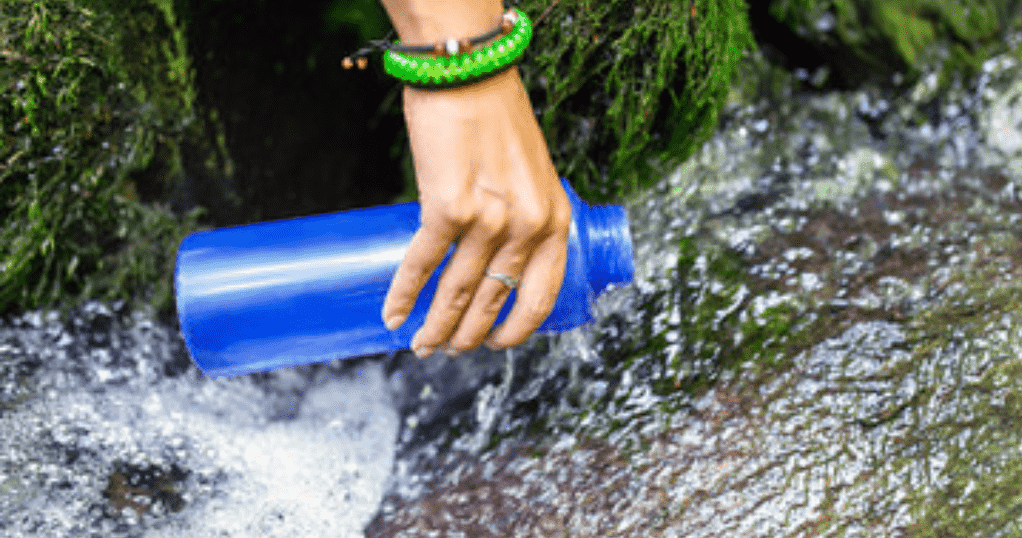
Hunting and Trapping Techniques
In a survival situation, obtaining food is just as essential as having access to clean water. If you are fortunate enough to have your hunting rifle or shotgun, game animals such as deer, rabbits, and squirrels can provide sustenance.
On the other hand, if firearms aren't available, there are still other methods like snares or deadfalls (traps made from logs or rocks which fall on an animal when triggered). These methods take longer but can be as successful as firearms.
No matter the method you use to hunt or trap animals, it is essential that the meat is adequately cleaned and prepared before consumption.
It includes taking away entrails, organs, and hide and thoroughly cooking to kill any bacteria or parasites present.
Nevertheless, hunting and trapping can provide much-needed sustenance in survival situations when done correctly.
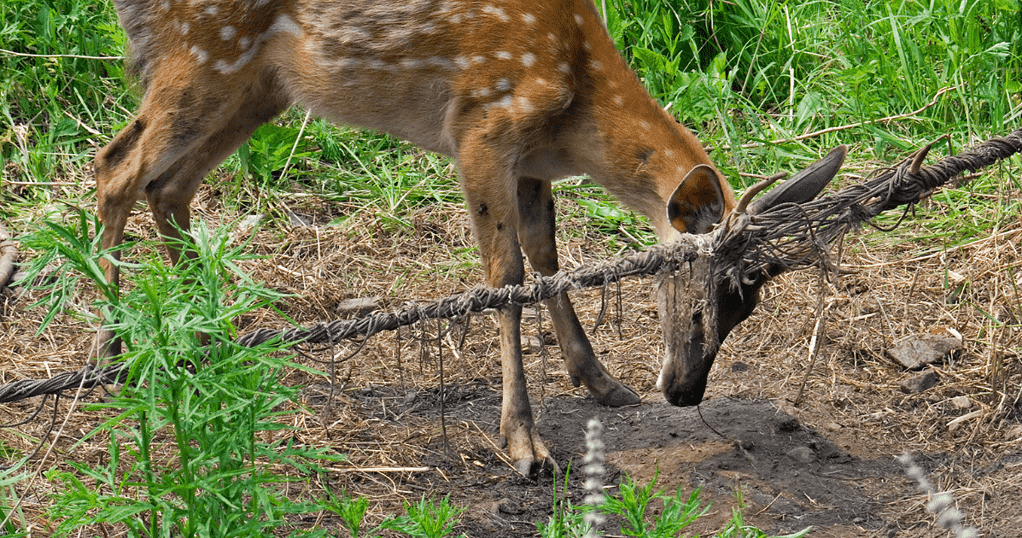
Developing Your Survival Instincts
Mental preparation is a vital element of bushcraft. It involves being aware of the risks inherent in exploring nature and knowing how to manage them.
Additionally, having mental toughness allows you to face any fears you may encounter along the way.
One way to prepare yourself mentally is by stocking up on essential supplies. It includes food, water, shelter, and clothing.
It also means planning what to do if you get lost or injured. With these things in place, you'll be better equipped to tackle any obstacles that come your way.
Another essential aspect of mental preparation is cultivating the right mindset for survival. It means remaining optimistic even during times of hardship.
Additionally, being resourceful and finding ways to get by when things become tough will give you greater resilience when faced with obstacles.
By adopting this outlook, you'll be better equipped to handle whatever comes your way.
Conclusion
Bushcraft is an essential skill for those interested in survival and self-reliance.
By understanding the fundamentals of bushcraft and mastering basic techniques, you can increase your chances of surviving a challenging situation.
Furthermore, developing your survival instincts requires prepping mentally and physically for wilderness challenges. With the right mindset and preparation, anyone can increase their odds of success regardless of circumstance.
